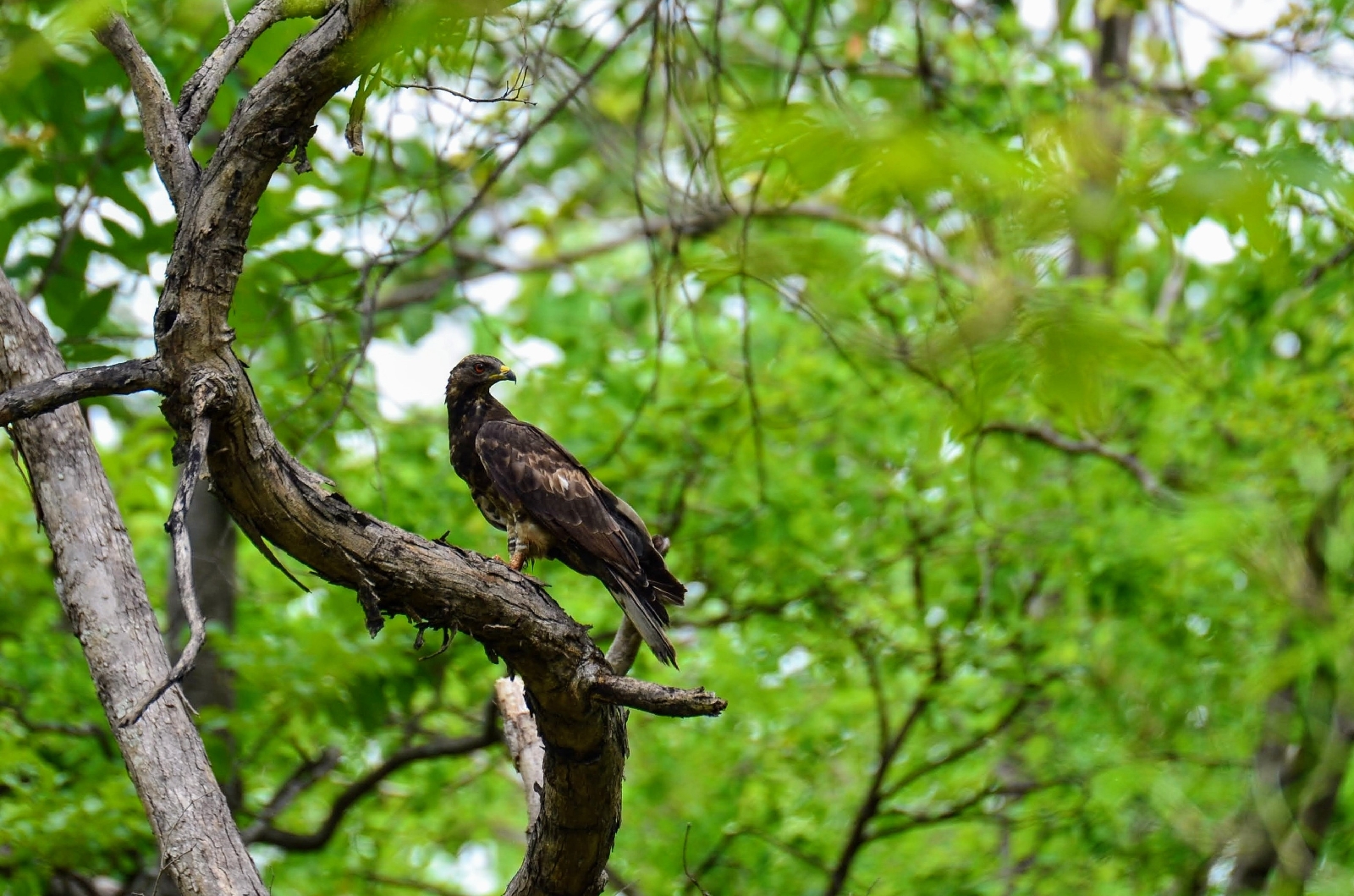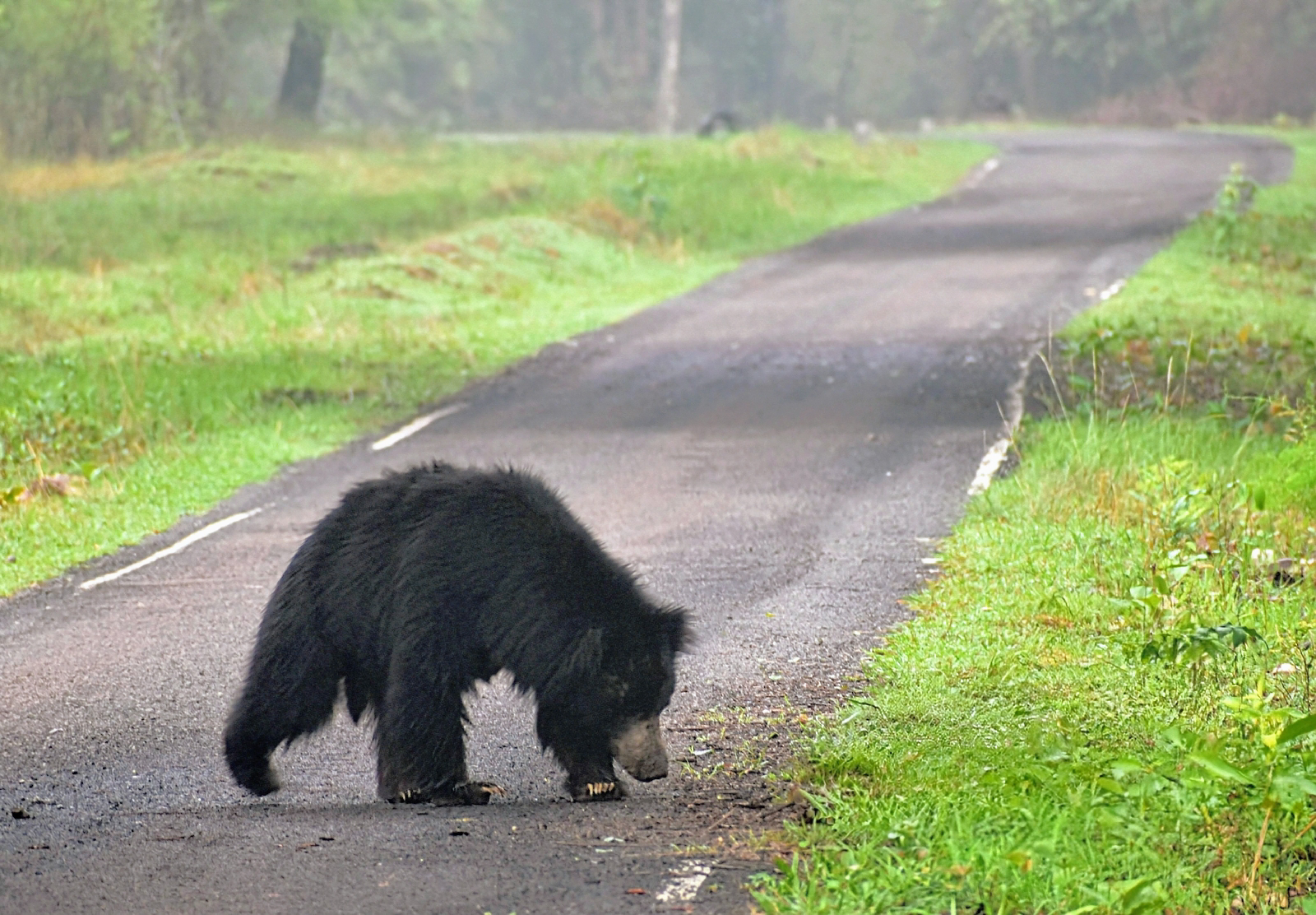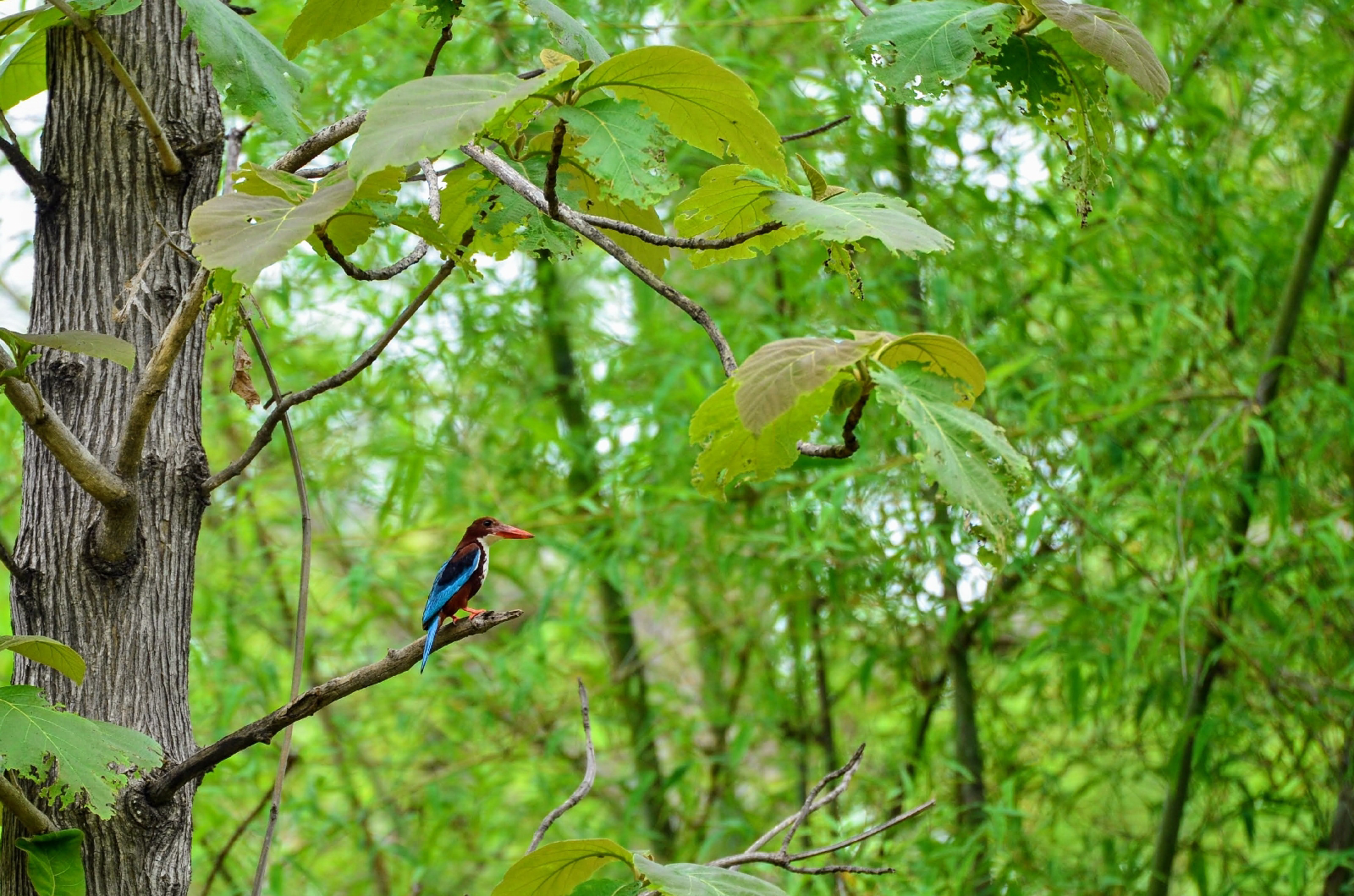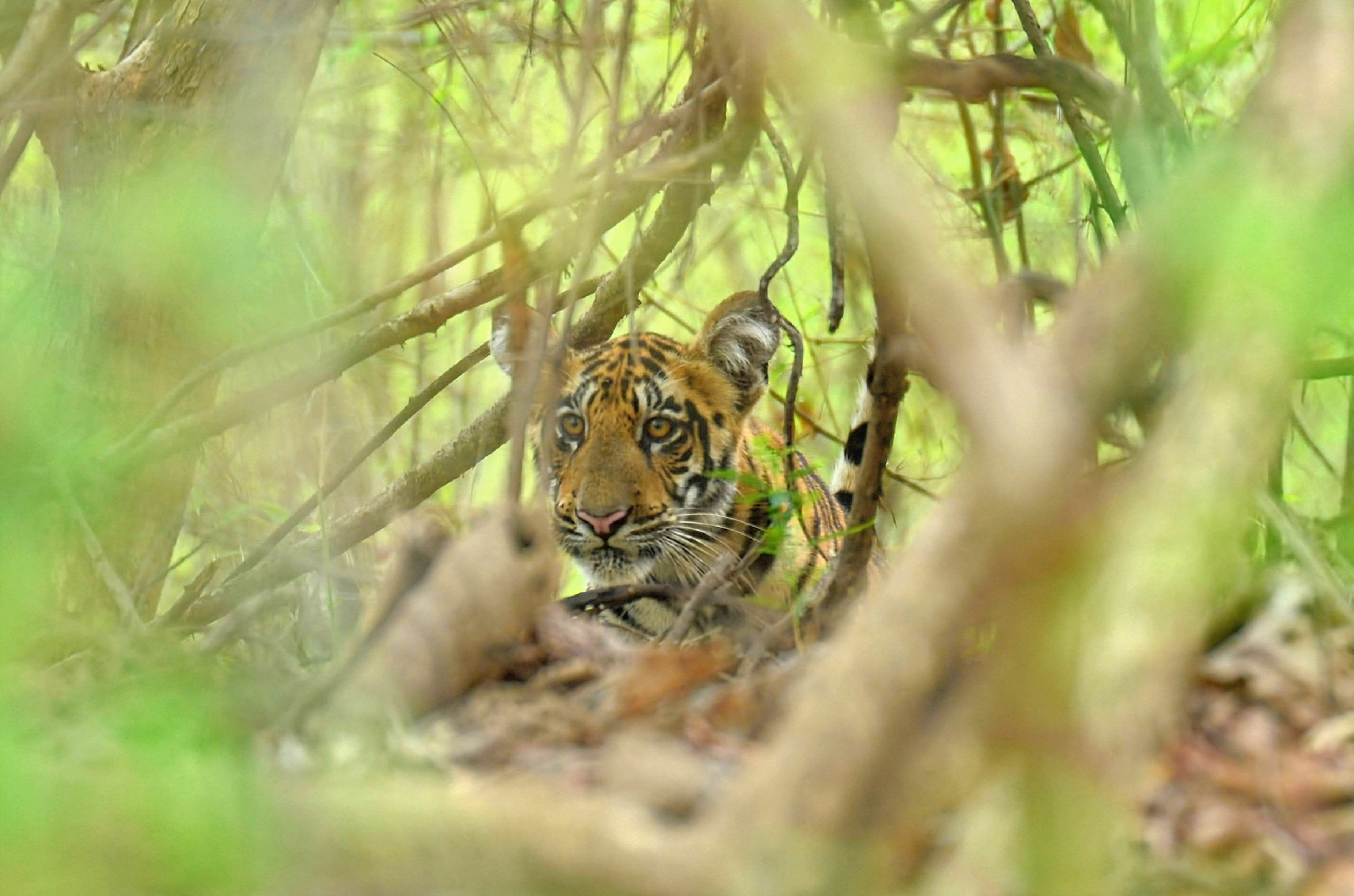Tadoba: A Journey into India's Majestic Wilderness
India has always amazed with its vast wonders—its diverse cultures, its people, the snow-capped Himalayas. Until recently, I had never considered wildlife as one of these wonders. But a visit to Tadoba National Park, one of India's most densely populated tiger reserves, changed everything.
Over the course of a three-day jungle safari, I came to realize that the natural world, untamed and vibrant, was yet another breathtaking layer of India’s magic.
Our journey was unique from the beginning. Without mobile phones, cut off from the outside world, we trusted entirely in the instincts and wisdom of our forest guard. It was a profound experience, riding an open jeep through the dense forest, feeling the pulse of the wilderness as it enveloped us. Each safari felt like a treasure hunt, a careful grid search undertaken by teams scattered across the forest, everyone guessing, converging, trying to piece together clues left by the elusive tigers.
One of the things that struck me about Tadoba was how each tiger had a name—a character and a story that made the forest feel alive, like a neighborhood filled with familiar faces. There was Maya and her son, Surya, the fierce Matkasur, the formidable Chota Matkasur, and Choti Tara. There was also Sonam, the majestic queen of Telia Lake. Listening to the forest guides and passionate photographers narrate their tales—territory wars, mating, and the adventures of raising cubs—was like diving into an incredible epic, with each tiger a protoganst of its own saga. It brought the forest alive in our imaginations, and left us yearning to see these characters in person.
Our first safari began on an evening filled with uncertainty, mystery, and that distinct tension that only the unknown can bring. As we set out, rain began pouring heavily—a bad omen, as rain often means slim chances of a tiger sighting. Parked by a small stream, the minutes stretched into hours. We found ourselves caged within plastic rain covers to shield us from the downpour, resigning ourselves to disappointment. But just as our four-hour journey was coming to an end, our driver took a sharp reverse, heading back down the road we had just come. Excitement surged—this sudden movement could only mean one thing. We tore away the plastic, freeing ourselves from our "rain cage," and listened intently.
In the midst of it all, a loud, repetitive sound echoed—the alarm call of an animal. Not a mechanical car reverse parking sound, but a pure, natural signal: a warning of a predator nearby. And then, emerging from the trees, was Choti Tara.
Our first tiger sighting. There are no words for the first time you see a tiger in the wild. Its sheer size, its grace, the mesmerizing orange and black of its coat—it all defies expectation. To see it in its natural habitat, completely indifferent to us, was a serene and humbling experience. As more jeeps gathered around, Choti Tara paid us no mind, as if we were just insignificant insects buzzing in her presence. She moved with the ease of a ruler, commanding her territory.
Later that night, we voraciously read everything we could about the tigers of Tadoba, not wanting to be left out of the spirited conversations that surrounded us.
The following morning, we were all pumped for our second safari—this time, our mission was to see the queen, Maya. We had heard stories about her—the way she prowled her territory, and her sudden aggressive behavior recently that had even killed a forest officer.
We spotted paw prints in the mud, igniting hope. But upon closer inspection, our guide informed us that these belonged to a male tiger. We hadn’t realized you could tell the difference from the prints. Our hopes of seeing Maya faded, replaced with a tinge of disappointment.
We saw other wildlife—birds, a bear, even a leopard—but the truth is, when you’re on the trail of a tiger, nothing else seems to matter.
The third evening safari brought whispers of a sighting—Chota Matkasur and Jarni had been heard near a small hill temple in the forest. We decided to head there. What followed was an auditory experience like no other. Somewhere deep in the forest, two tigers were mating, their growls echoing through the trees. It was a surreal moment, and what struck me was the sight of tribal people climbing the temple hill nearby, seemingly unfazed by the wild sounds as if they were merely another element of their daily life. We waited until dusk, hoping for a glimpse, but luck wasn’t on our side.
Our driver, who had passionately invested himself in our experience, looked disheartened. We realized then that this was more than a job for him—it was his way of sharing his world, his life.
Our fourth safari started on a disappointing note, with a randomly assigned driver who lacked the enthusiasm we’d come to appreciate. Sensing our frustration, Abhinav, our friend and passionate photographer, took the lead. He persuaded the guide to take us to the Mohali gate, the far end of the forest, and head towards Telia Lake, where Sonam, the queen, was often seen. As we approached, a cluster of jeeps and a bus stopped us—camera clicks filled the air like a buzzing beehive.
Sonam was there, lounging at the edge of a ridge, her cub nearby. It was a double delight. Slowly, we inched forward, watching her through gaps in the trees.
Her cub, curious but shy, peered at us from the forest, hiding behind the bushes. As we were engrossed in this spectacle, Sonam suddenly woke up, checking on her cub before laying back down. A chill ran down our spine—we were just six feet away from her, vulnerable in her territory. It hit us then—the reality of being in her domain, merely an observer who could, in a moment, become prey. But Sonam was indifferent, or perhaps kind, uninterested in us intruders.
We returned that evening with our hearts full, our cameras overflowing with pictures, satisfied with the experience. And yet, as we set out for our sixth and final safari, there was still that relentless yearning—the greed to see another tiger, to capture one more moment of majesty. But nature had its own plans, and we left without another sighting.
On our way back, we reflected on the experience—the ups and downs, the thrill, the quiet moments of waiting. Our thoughts drifted to the people of Tadoba—the forest guards, the drivers, the shopkeepers who rented cameras and sold snacks at the gate. Their lives revolved around the edge of this vast, untamed land. They lived with the stories of tigers taking their cattle, sometimes even taking their kin. Yet, they were proud of the forest and its creatures. They were eager to share their ancient wisdom, their stories, their love for the wild with people like us—sophisticated, urban, and disconnected from the primal world they knew so intimately.
For me, Tadoba wasn’t just about spotting tigers. It was about the people who lived alongside them, the emotions that came with each moment of hope and despair, and the beauty of an India that many never see. It was an experience that reminded me that the true wonders of this country are not just in its mountains or monuments—they’re also in its forests, its wildlife, and the people who coexist with them.
If there is one thing I would say now, it is this: India’s wildlife is a must-see wonder, and Tadoba is a testament to that. It's a place where one can truly witness the beauty and majesty of our country.

















Comments